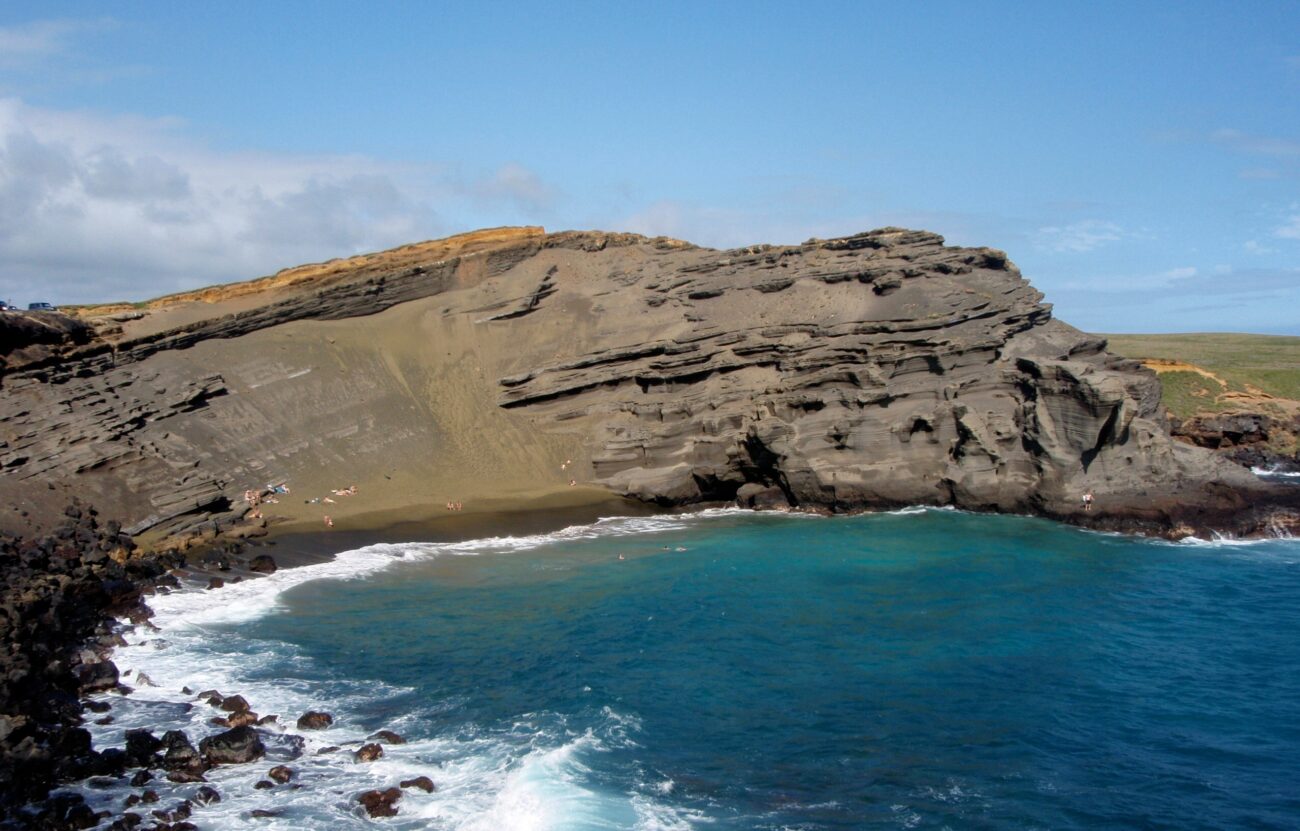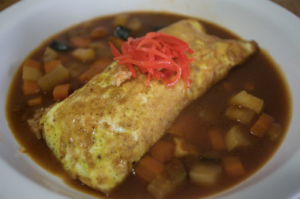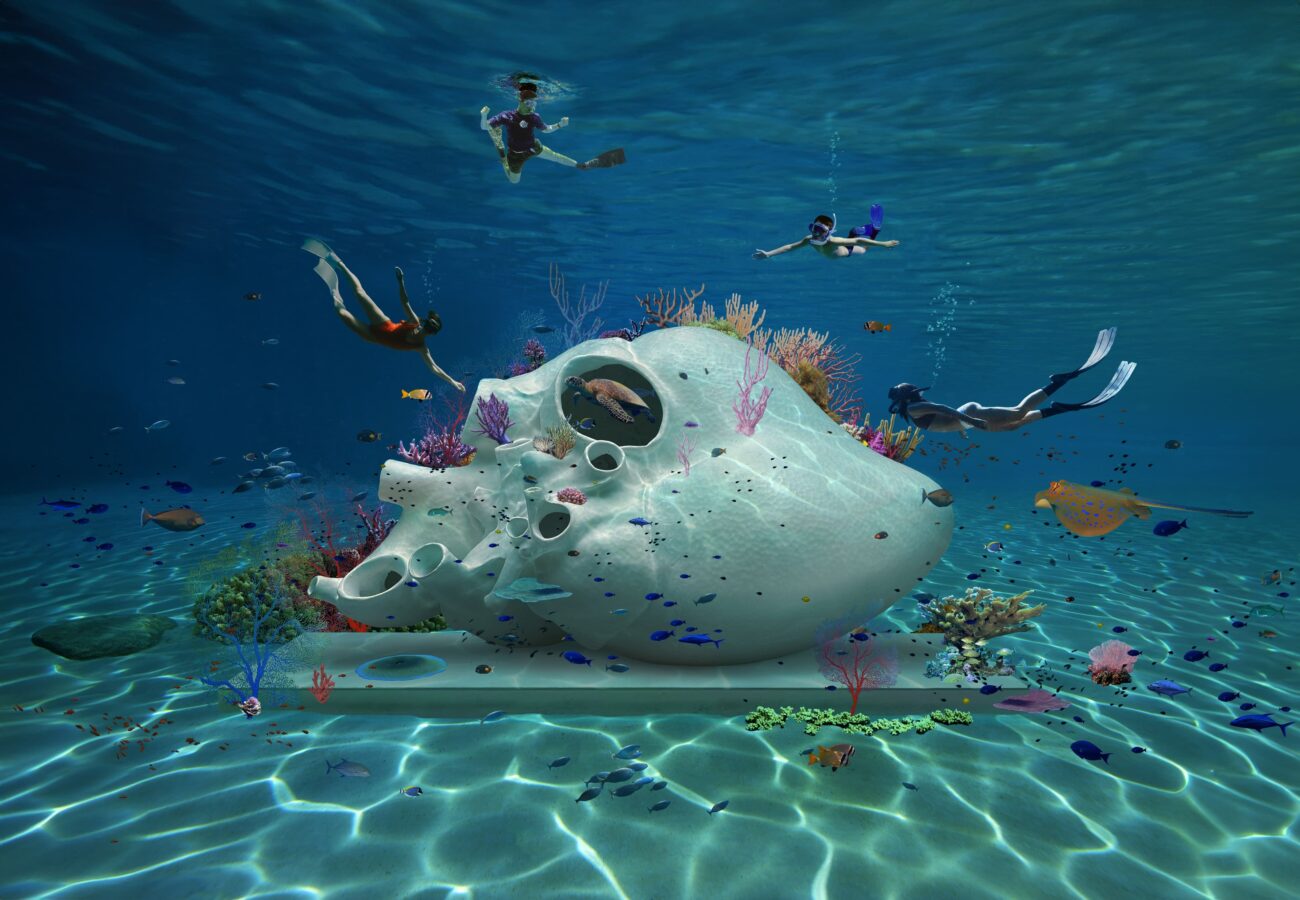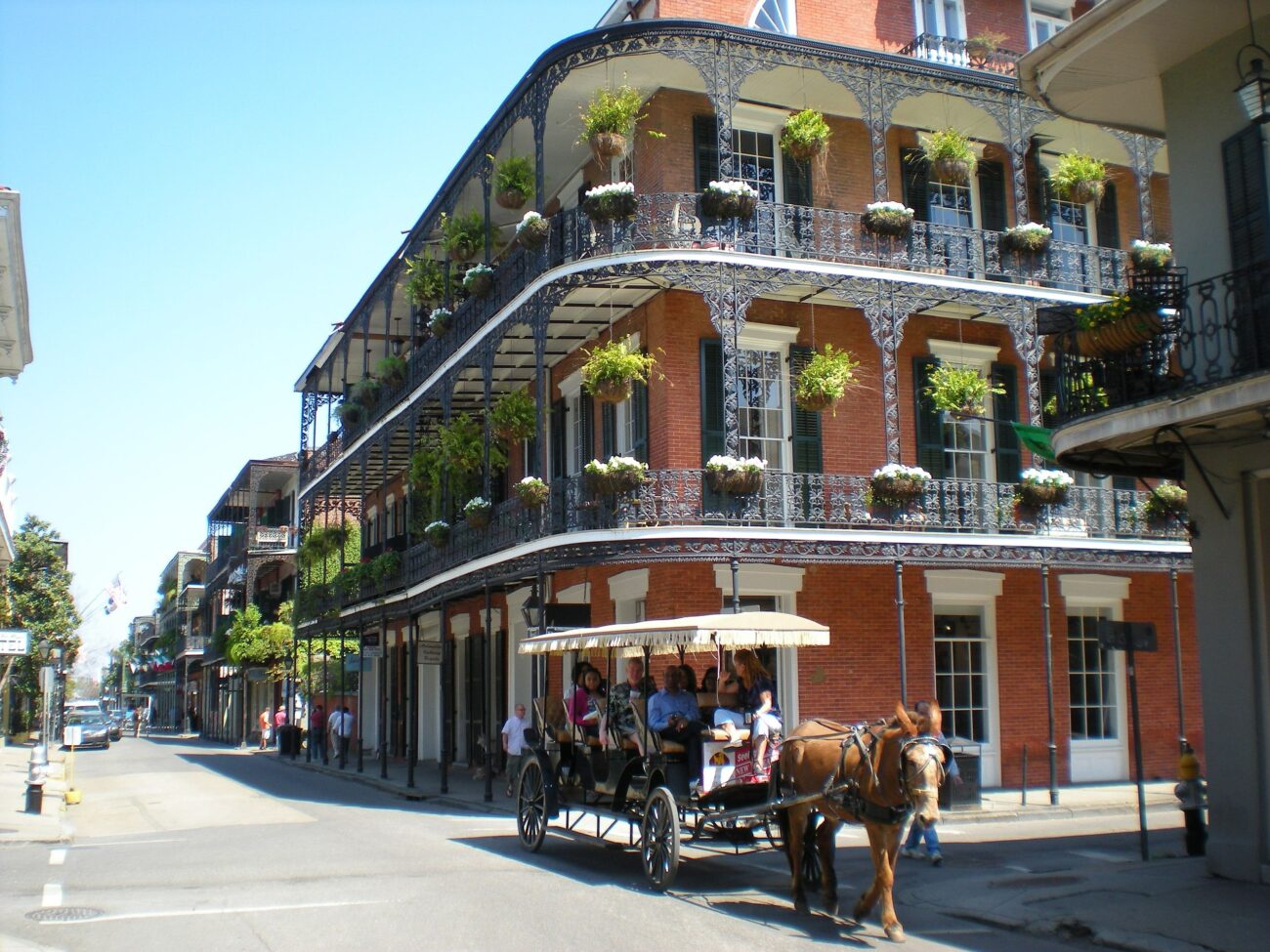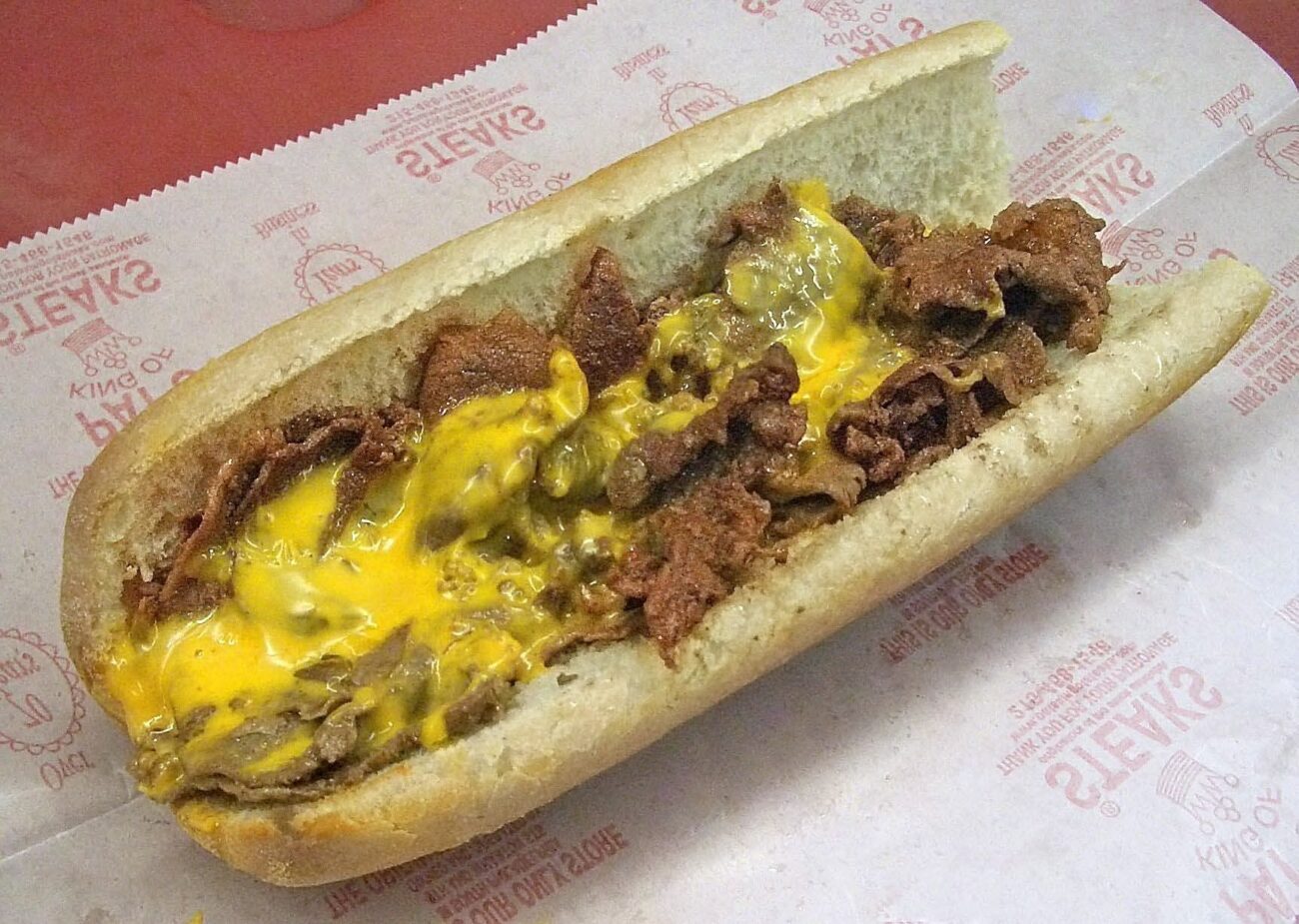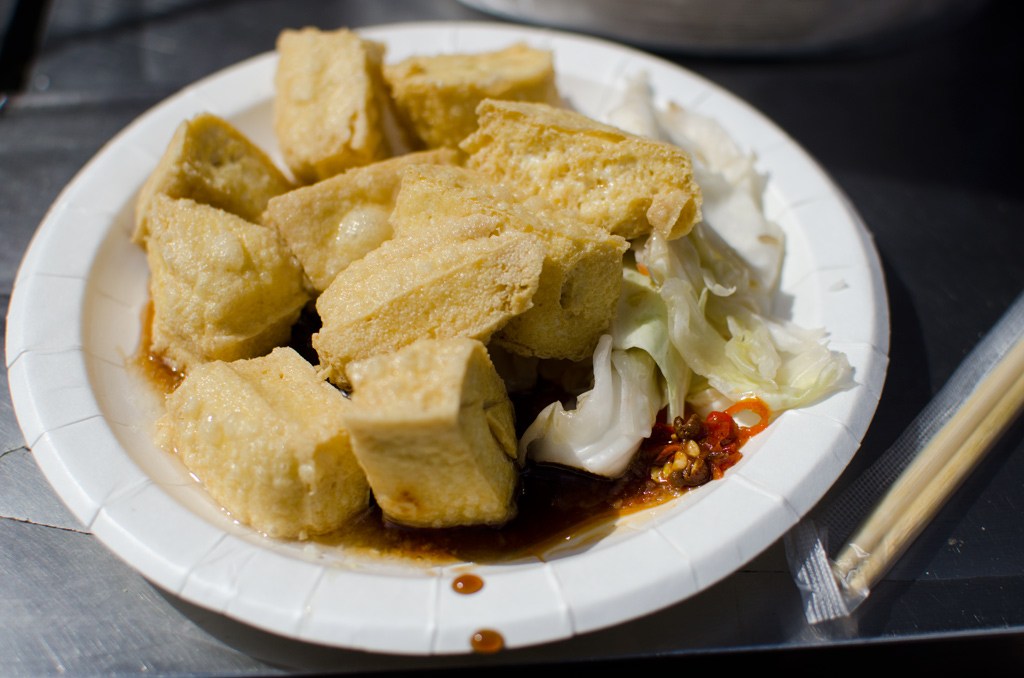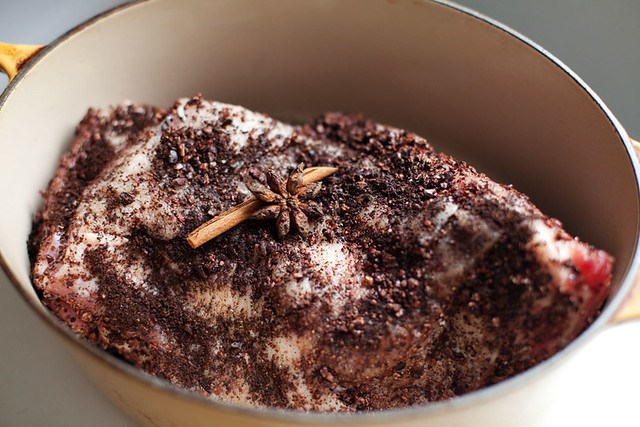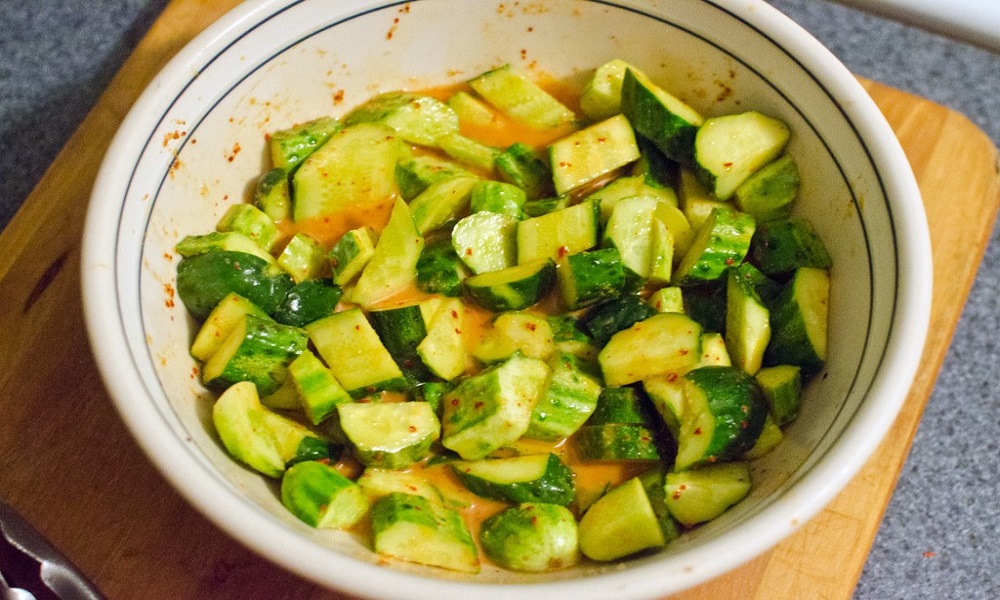Swimming conditions can be treacherous, and removing sand is forbidden, but Papakōlea Beach rewards determined hikers with something extraordinary: emerald-colored sand found at only four locations worldwide. This geological marvel on Hawaii’s Big Island owes its striking appearance to olivine, a dense mineral that creates an otherworldly shoreline experience.
Ancient Volcanoes Created This Rare Phenomenon
The beach sits within a bay carved from the Puʻu Mahana tuff cone, formed during a Mauna Loa eruption roughly 49,000 years ago. As volcanic ash and rock erode under constant wave action, they release olivine crystals—sometimes called “Hawaiian diamonds”—whose iron content creates the characteristic green color.
These dense minerals accumulate while lighter materials wash away, concentrating into the spectacular sand you’ll find nowhere else in the continental United States.
Global Rarity Makes This Destination Special
Standing on Papakōlea Beach means experiencing one of geology’s rarest phenomena. The narrow bay’s unique shape helps trap olivine deposits that would otherwise disappear into the ocean, creating a natural laboratory where visitors can witness volcanic processes in action.
Each grain represents thousands of years of geological history compressed into something you can literally walk on.
Getting There Requires Serious Commitment
Reaching this geological treasure requires driving two hours south of Kailua-Kona, then embarking on a challenging hike across windswept, unshaded terrain. Park near South Point Road’s end and prepare for a five-mile round trip with no services, shade, or water available.
Morning weekday visits offer the best experience, avoiding both crowds and brutal midday sun that can reach temperatures exceeding 85°F with no shelter. Bring extra water, high-SPF sunscreen, and energy snacks for this demanding adventure.
Respect the Land and Take Only Photos
The name Papakōlea means “plover flats,” honoring the Pacific golden plovers that migrate here seasonally. Ancient Hawaiian fishing temples dot the access route, reminding visitors that this landscape holds deep cultural significance beyond its geological novelty.
Pack out everything you bring, resist the temptation to collect sand samples, and remember that this beach’s continued existence depends on everyone leaving it undisturbed.


